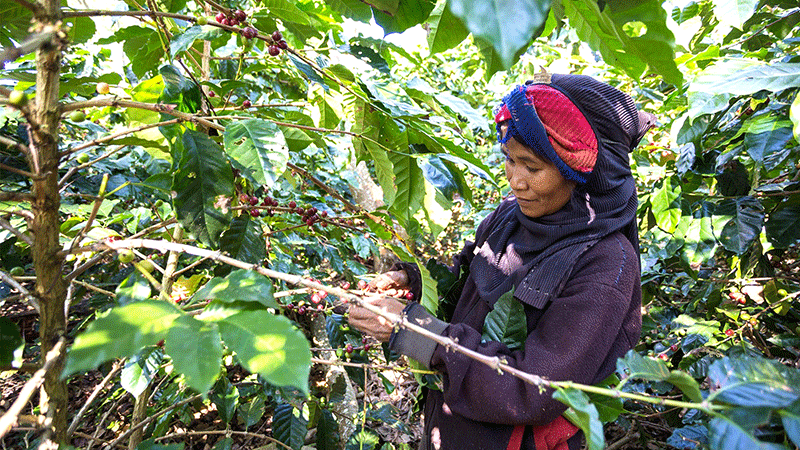 |
| Asian Development Bank backs strengthening of agrifood systems in Laos. --Photo Phoonsab Thevongsa |
ADB approves US$65.8m to boost climate-resilient agrifood systems
The Asian Development Bank (ADB) has approved a US$65.8 million financing package to support the government’s efforts to modernise and strengthen agrifood systems, improve rural livelihoods, and build climate resilience across Laos.
The funding for the Sustainable Agrifood Systems Sector Project aims to improve climate resilience, food security, nutrition, and incomes of vulnerable households and communities. It will also increase the competitiveness of Lao agriculture in both domestic and export markets, the bank said on its website on July 7.
“This initiative is reflective of ADB’s commitment to expand its support to long-term food and nutrition security in Asia and the Pacific,” said ADB Country Director for Laos, Shanny Campbell.
“By strengthening agrifood systems, this project will benefit rural households and enterprises through higher incomes and enhanced access to markets.”
The project will focus on high-value commodities including bamboo, coffee, durian, sustainable cassava, and tea, helping producers add value before shifting to export markets.
Investments in financial services, privatised technical services, small-scale infrastructure, and food safety will be provided in support of these objectives.
The project will offer financial services nationwide, while technical advisory services and infrastructure will be delivered in Champasak, Salavan and Xekong provinces in the south and Huaphan, Phongsaly, and Xayabouly provinces in the north.
The project will be supported by a US$50 million package from ADB, the ASEAN Infrastructure Fund, and the European Union-ASEAN Catalytic Green Finance Facility, along with US$15.8 million in grants from the Asian Development Fund, the Green Climate Fund—through the Community Resilience Partnership Programme Investment Fund—and the High-Level Technology Fund.
The Lao agriculture sector holds significant growth potential, spurred by rising domestic and regional demand.
However, unlocking this potential requires improving the competitiveness and resilience of agrifood systems, boosting food security and nutrition, and increasing exports of high-value commodities.
By Times Reporters
(Latest Update July 9, 2025)
|


